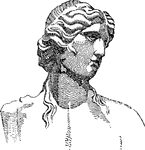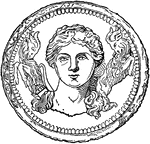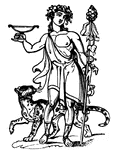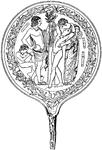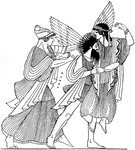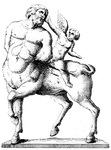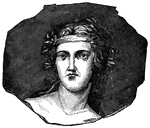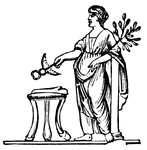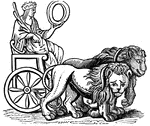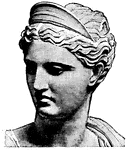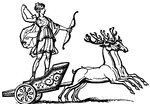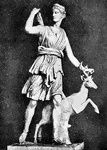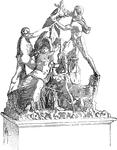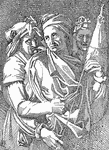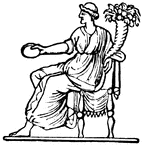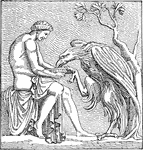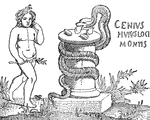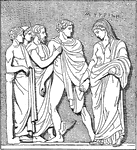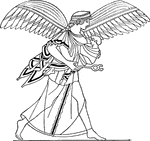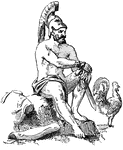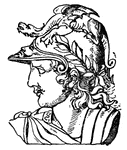The Roman Mythology gallery offers 104 images of ancient Roman mythology and religion. Similar to Greek mythology, Roman mythology deals with the trials of humans, usually during the construction and establishment of Rome. It differs by rarely having divine intervention of deities.

Aegis
"A breastplate covered with metal in the form of scales, not used to support the shield, as was done…

Aegis
The shield of Jupiter, which had been fashioned by Hephaestus. When Jupiter was angry he waved and shook…
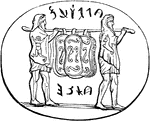
Ancilia
"According to the ancient authorities, it was made of bronze, and its form was oval, but with the two…

Auger
"Among the anceient Romans, a functionary whose duty it was to observe and to interpret, according to…
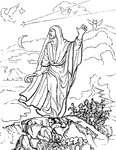
Roman augur
"Represents a Roman augur, with his litmus or divining staff, observing the signs in the heavens." —…

Priestess of Bacchus
"Shows a priestess of Bacchus in the attitude of offering a nebris to Bacchus or to one of…
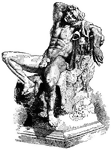
The Barberini Faun, or Drunken Satyr
Illustration of the life-size marble statue located in Munich, Germany. It was found in 1620 in a moat…
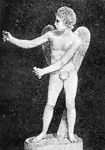
Cupid
Generally represented as a beatiful boy with wings, carrying a bow and quiver arrows, and is often spoken…
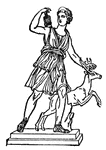
Diana
Diana was a goddess of the Romans. She was the daughter of Zeus and Leto, twin sister of Apollo, and…
![Drawing of the Diana of Versailles, a 2nd-century Roman version in the Greek tradition of iconography. In Roman mythology, Diana ([djana]) was the goddess of the hunt, the moon and childbirth, being associated with wild animals and woodland, and having the power to talk to and control animals.](https://etc.usf.edu/clipart/188200/188203/188203-diana-of-versailles_mth.gif)
Diana of Versailles
Drawing of the Diana of Versailles, a 2nd-century Roman version in the Greek tradition of iconography.…

Dieties
A coin engraved with images of Minerva and Jupiter. Minerva was the Roman equivalent to the Greek goddess…

Fortune
A female depiction of Fortune with many iconic symbols, such as the rudder, the cornucopia, and ears…
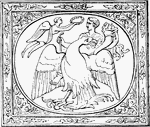
Apotheosis of Germanicus
"By a beautiful image, the mother herself, who is so deeply interested in the fortunes of her son, is…
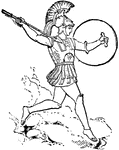
Mars
The god of war, corresponding to the Greek Ares. He was the son of Juno, and as father of Romulus was…

